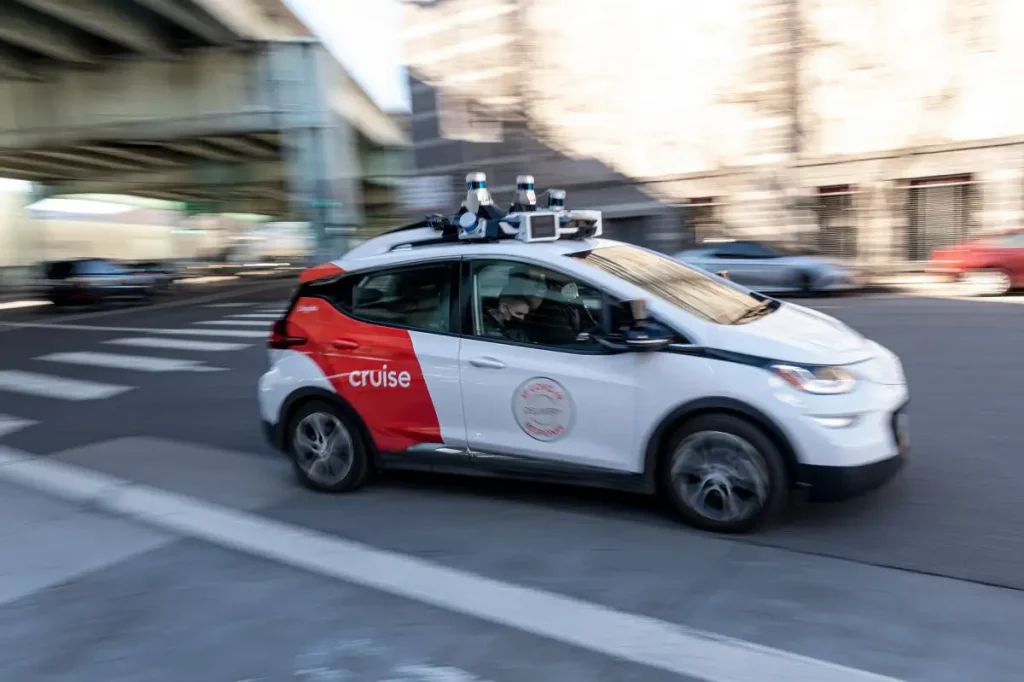The Asian Art Museum in San Francisco recently played host to a thought-provoking exhibit titled “How (not) to get hit by a self-driving car.”
With its interactive elements and engaging premise, the exhibit provided participants with a unique opportunity to explore the intricacies of artificial intelligence (AI) and its application in autonomous vehicles.
Visitors to the exhibit were tasked with a simple yet intriguing challenge: to cross a room without being detected by an AI camera. This premise sparked curiosity and excitement among attendees, who eagerly accepted the challenge presented by artists Tomo Kihara and Daniel Coppen.
As participants entered the exhibit space, they were greeted by the creators, who explained the rules of the game. The goal was to navigate the room while evading detection by the AI camera, simulating a scenario in which self-driving cars must accurately identify pedestrians to avoid collisions.
The exhibit showcased the complexities of AI technology, highlighting its ability to rapidly analyze and interpret visual data. Participants experimented with various movements and poses in an attempt to outsmart the AI, with some resorting to creative tactics such as using props to obscure their appearance.

Throughout the experience, Kihara provided valuable insights into the world of self-driving cars, explaining concepts such as lidar technology used by companies like Waymo and Cruise.
Related Articles:
- Local Teen’s Battle with Lyme Disease: A Warning for Others
- Breaking News: Florida Student Arrested for Bringing Loaded Gun to School Sparks Widespread Safety Concerns
- Local University Presents Smartphone Essentials Class for Residents
He also shed light on Tesla’s reliance on AI computer imaging for its Full Self-Driving assistance, offering attendees a deeper understanding of the technologies at play.
The exhibit served as a playful yet educational exploration of AI’s capabilities and limitations, encouraging participants to consider the ethical implications of its use in real-world scenarios.
By simulating interactions between humans and autonomous vehicles, it sparked conversations about the future of transportation and the evolving relationship between technology and society.

